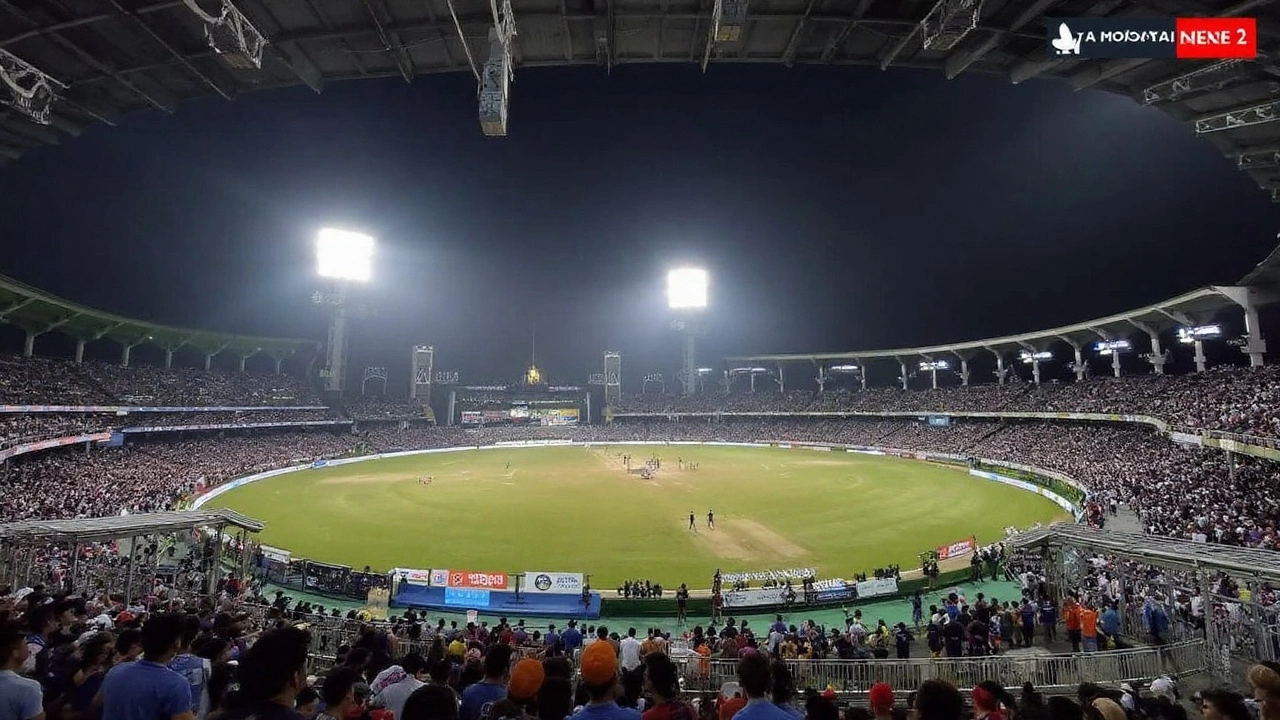Bay of Bengal Weather Alerts: What’s Happening and How It Affects You
Every monsoon season the Bay of Bengal sends moisture‑laden winds toward mainland India. This year the system has turned into a low‑pressure belt that’s dumping huge amounts of rain on Punjab, Delhi‑NCR, Jharkhand and other parts of the country. If you live in or travel through these zones, you’ll notice water‑logged roads, rising river levels and flight delays.
How the Bay of Bengal Drives Monsoon Rains
When warm sea water meets cooler air, the Bay of Bengal creates a dip in atmospheric pressure. This dip pulls moist air inland, where it cools and condenses into heavy showers. The recent dip has pushed a plume of rain deep into North India, triggering IMD’s red alerts in Punjab and Delhi‑NCR and an orange alert for Ranchi in Jharkhand.
Cities like Delhi have seen the Yamuna rise to 207.44 metres, just shy of historic peaks. In Punjab, the floods have been the worst since 1988. Even places far from the coast, such as Jammu & Kashmir, are expecting above‑average September rain and flash‑flood warnings because the same system spreads moisture across the sub‑continent.
Because the Bay of Bengal system moves slowly, rain can last for several days. That’s why you keep hearing about “continuous downpours until Sept 7” and why the IMD keeps adjusting alerts from red to yellow as the situation eases.
Staying Safe During Heavy Rain Alerts
First, stick to official updates. The Indian Meteorological Department (IMD) posts real‑time alerts on its website and social media. Download a weather app that pushes notifications for your district.
Second, plan your travel. Flights in and out of Delhi have already seen delays and diversions. If you have a flight, check status before you leave home. Public transport may also face route changes, especially near flooded bridges and low‑lying colonies.
Third, protect your home. Move valuables to higher ground, clear drainage channels, and keep sandbags handy if you’re in a flood‑prone area. If water starts entering your house, evacuate to a safe floor or a neighbor’s place.
Finally, help your community. Share reliable information, avoid spreading rumors, and assist elderly neighbors who might struggle with the sudden water rise. Local authorities often set up relief camps and community kitchens—knowing where they are can make a big difference.
The Bay of Bengal will keep influencing weather patterns for the next few weeks. By staying informed, checking alerts, and taking simple precautions, you can reduce the impact of these heavy rains on your daily life.

A cyclonic circulation over the Bay of Bengal and two low-pressure systems are set to fuel heavy rain across 13 states through early September. The first system is forming over the north Bay and will intensify near the West Bengal–North Odisha coast, with a second likely around September 10. Strong winds, rough seas, and urban flooding risks are expected along India’s east, central, and west belts.
